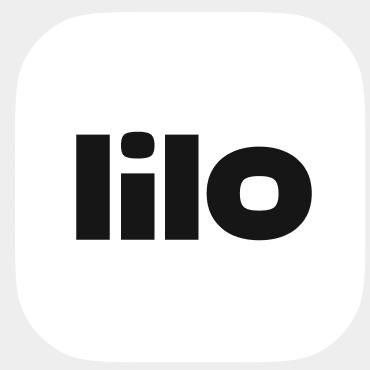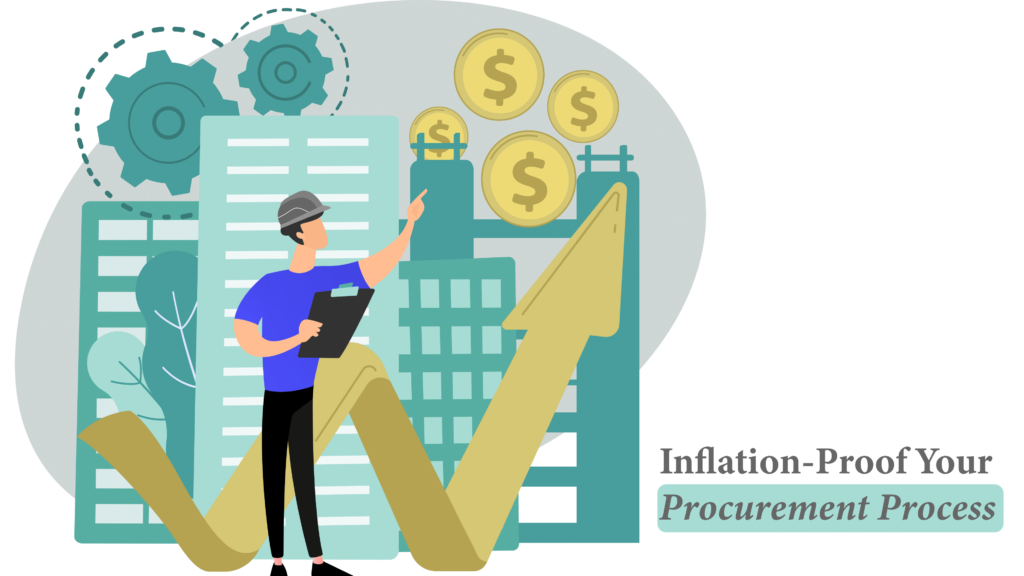Historically high inflation rates have left businesses scrambling to manage external spend over the past few years.
While annual average inflation in the United States peaked at 8% in 2022, it decreased to 4.1% in 2023 and dropped to its lowest point of 2.9% in July 2024, the lowest since 2021. Despite this, procurement leaders know they can’t let their guard down.
Major supply chain disruptions can occur every few years and they can potentially erode up to 45% of a year’s profits over a decade.
So, whether it’s a hospitality business, a commercial real estate company, a retail operation, or any other enterprise that depends on a steady supply of goods and services, they can’t afford to ignore an inflationary climate that poses risks like –
- Reduced buying power
- Business disruptions
- Capacity constraints
- Shrinking margins
The economic uncertainty and high inflation early in this decade have underscored the importance of preemptive measures to mitigate procurement risks when inflationary pressures arise.
So, instead of waiting for inflation warnings to dominate headlines once again, procurement teams should be proactive in managing risks before rising prices of raw materials and finished goods impact their balance sheets.
Have Multiple Supply Sources
Having multiple supply sources ensures businesses have alternatives during periods of inflation.
This allows them to negotiate better prices or source goods from alternative markets more easily.
Access to multiple suppliers through all-in-one procurement platforms like Lilo can also help offset the risks of supply chain disruptions, which are more common in an inflationary climate.
Leverage Technology to Safeguard Procurement
Utilizing technology to streamline procurement can help procurement managers and business owners spot potential issues early.
Supply chain costs typically account for more than half of a business’s operating expenses in many sectors.
Cutting-edge eProcurement platforms with domain-specific AI can assist with spend analysis to identify cost-saving opportunities, even during periods of high inflation.
For example, Lilo’s built-in AI engine helps businesses identify the best-value goods at the lowest possible prices from reputable suppliers worldwide with the click of a button.
This enables purchasing organizations to quickly switch to other suppliers when a particular region faces localized inflation in raw materials, without having to undertake the time-consuming and expertise-intensive sourcing exercise all over again.
With industry-specific procurement platforms, businesses can also –
- Streamline demand with advanced forecasting tools
- Consolidate supplier management using automated systems and all-in-one marketplaces
- Prevent wasteful spending or identify cost-saving opportunities through unified dashboards that provide complete visibility for both procurement managers and business owners
3. Optimize Supplier Relationships
According to a report by SC&H, businesses can lose up to 75% of potential savings on supplies due to inadequate supplier management.
So, when a hotel, multi-family unit, or construction company goes to great lengths to identify the best suppliers and negotiate favorable contracts, the sourcing savings may only last for a limited period.
These savings may disappear within two years, or sooner if inflation rises, if procurement managers fail to optimize supplier relationships continually.
However, strategic sourcing, supplier evaluation and selection, and contract negotiation are challenging tasks for most businesses.
Partnering with a dedicated procurement platform enables businesses to implement a resilient procurement strategy without having to invest a fortune in procurement expertise. This way, they are better prepared to offset inflationary cost pressures.


